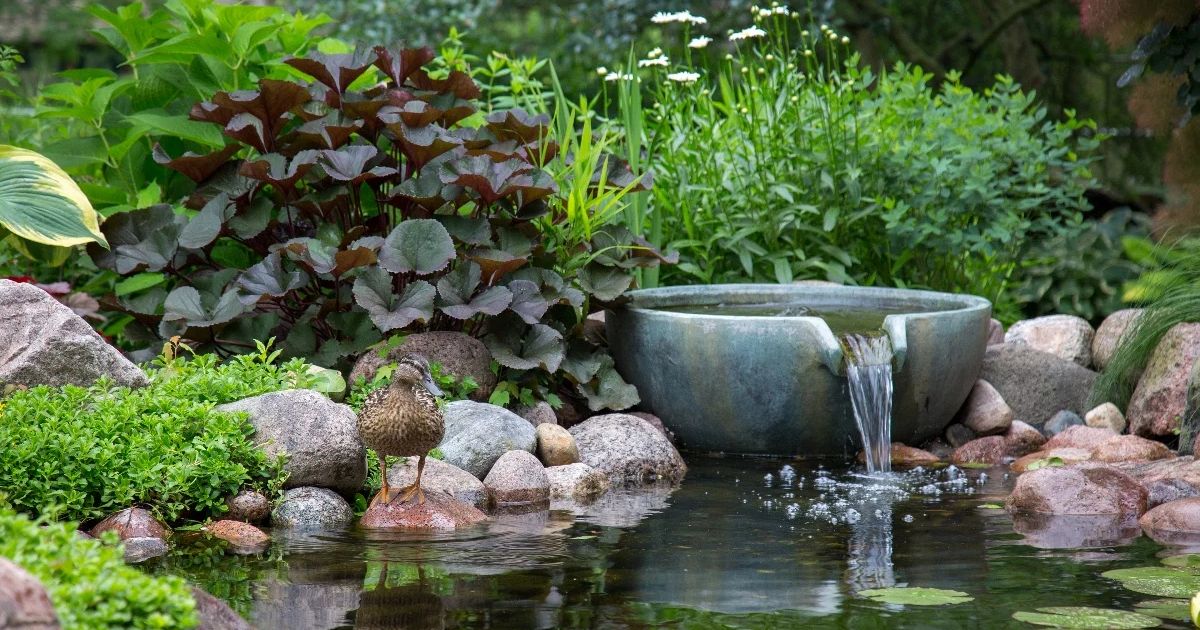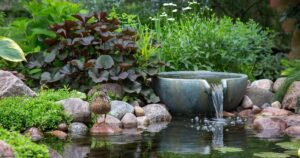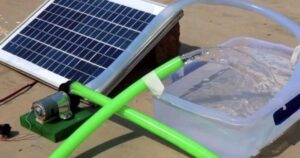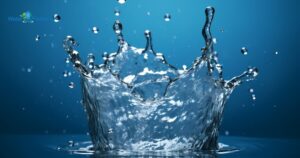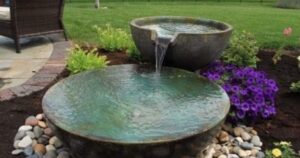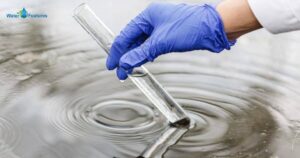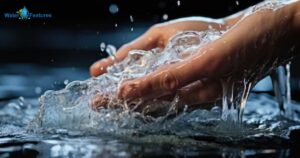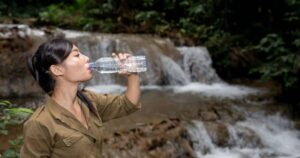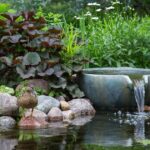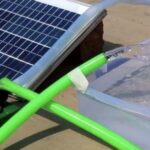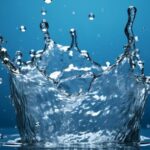Water features add beauty and serenity to any space, indoors or out. But how exactly do these fountains, ponds, and other water elements operate? In this complete guide, we’ll explore everything you need to know about water feature mechanics, from pumps and plumbing to electricity and solar power. Read on to learn the ins and outs of water feature operation and upkeep.
Why a Water Feature?
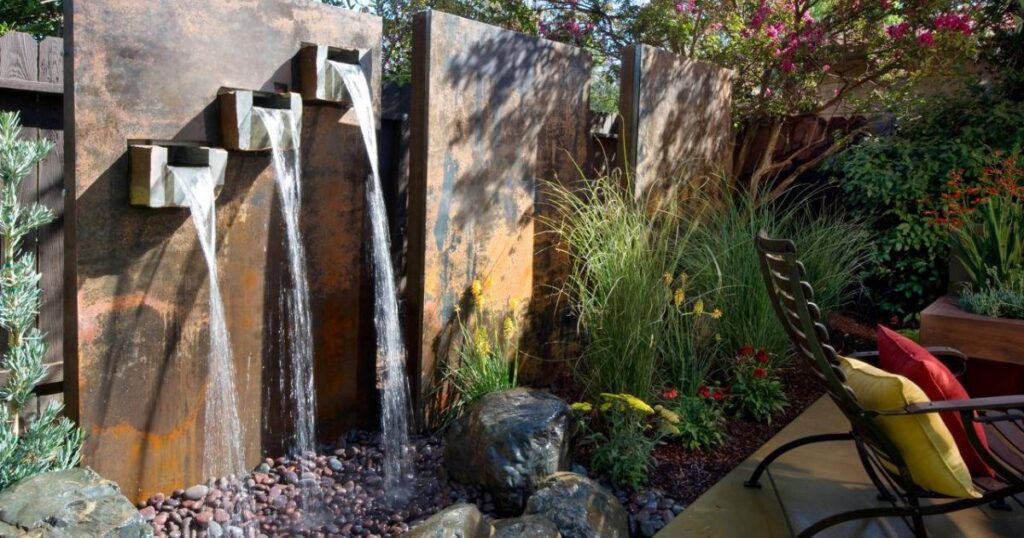
Water features bring the sight and sound of moving water into your living space. The gentle trickling or bubbling provides a calming ambiance. Water elements also help purify the air through evaporation. Other benefits include:
- Visually appealing focal point in the garden or home. The movement and sparkle draw the eye.
- Masks unwanted noises like traffic or noisy neighbors. The soothing water sounds drown out irritating background noise.
- Attracts wildlife. Birdbaths and ponds attract birds and butterflies that add to your enjoyment.
- Increases humidity indoors. Evaporation from indoor water features increases moisture in dry, heated air.
What is a reservoir?

The reservoir is the holding tank that contains the water in a water feature. It may be visible as part of the display, like in a fountain basin. Or it may be hidden, as in ponds and streams. The reservoir size determines how long the feature can operate between refills. Bigger is better for less maintenance.
Materials for reservoirs include:
- Plastic: lightweight and affordable but prone to algae growth.
- Fiberglass: naturally algae-resistant and long-lasting.
- Concrete: customizable to any size and shape but very heavy.
- Stainless steel: attractive, durable, and algae-resistant.
Proper reservoir design prevents leaks and overflow. Most also allow easy access for cleaning.
Do water features need electricity?
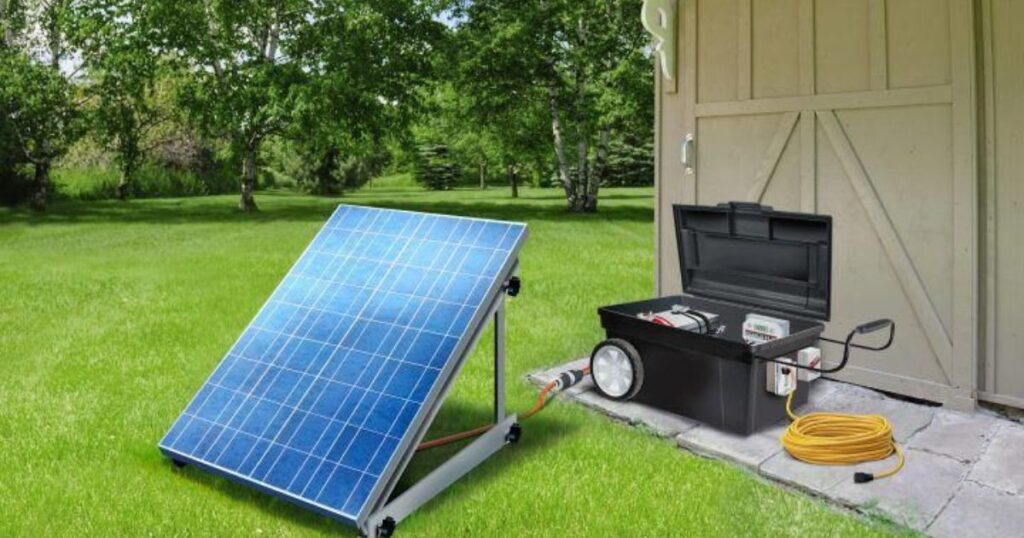
Most pumps require electricity to run the water circulation system. But water features can operate without electricity using solar power or gravity flow. Small tabletop fountains may use battery-powered pumps. The exceptions are natural ponds and streams that rely solely on gravity.
How are water features powered?
Electric pumps are the most common way to power water flow. The pump moves water from the reservoir through tubing and back again. Many pumps have adjustable flow rates.
Solar pumps draw energy from small solar panels to run the circulation system. No electrical connection is needed. But solar pumps are less powerful than electric ones and don’t work at night.
Gravity moves water through springs, cascades, and natural streams without pumps. Elevation differences and landscape contours provide the motive force.
Splash heads use water pressure and gravity to create fountain spray patterns, no pump required. But a pressurized water supply is needed.
How do Solar Water Features work?
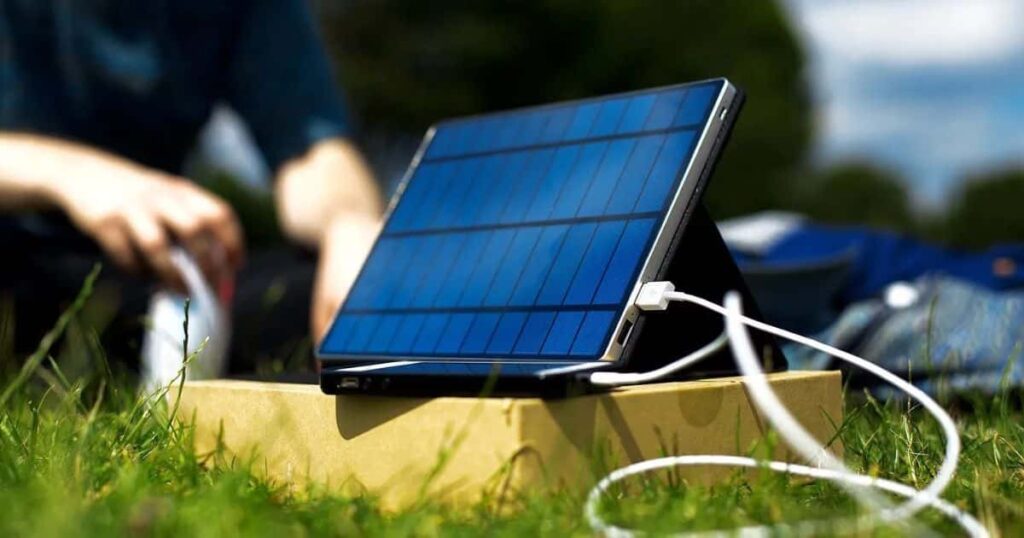
Solar water features use photovoltaic solar panels to generate electricity during daylight hours. This powers a low-voltage pump that runs the circulation system. Special DC pumps designed for solar power are used.
Solar panels are either integrated unobtrusively into the water feature design or mounted nearby. An LED light connected to the solar system often provides nighttime illumination. A small rechargeable battery stores solar energy to run the water flow after dark. But the limited battery capacity only allows several hours of night operation.
Why a Solar Water Feature?
Solar water features provide the beauty of water circulation without costly electric bills or wiring. Benefits include:
- Convenient installation almost anywhere outdoors – no electrical service needed.
- Green energy sources reduce environmental impact. Solar offsets daytime grid electricity use.
- Lower lifetime cost than electric since the fuel (sunlight) is free.
- Serves as an attractive solar accent in the garden. Combining water and solar highlights sustainability.
- Provides limited nighttime enjoyment from battery-stored solar power. Auto shut-off prevents battery drain.
Do solar powered water features need electricity?
Purely solar powered water features run directly on solar energy without any electrical connection. But some hybrid designs do use supplemental AC power:
- To continue water flow after dark via a grid-tied pump and lights.
- As battery backup during cloudy weather if solar output dips.
- To power a larger pump for more robust water flow than solar alone can handle.
- For special effects like color-changing LEDs that demand more electricity than solar can provide.
So some solar water features use grid power to overcome solar limitations. But pure solar models need no external electricity source.
What is a recirculating water feature?
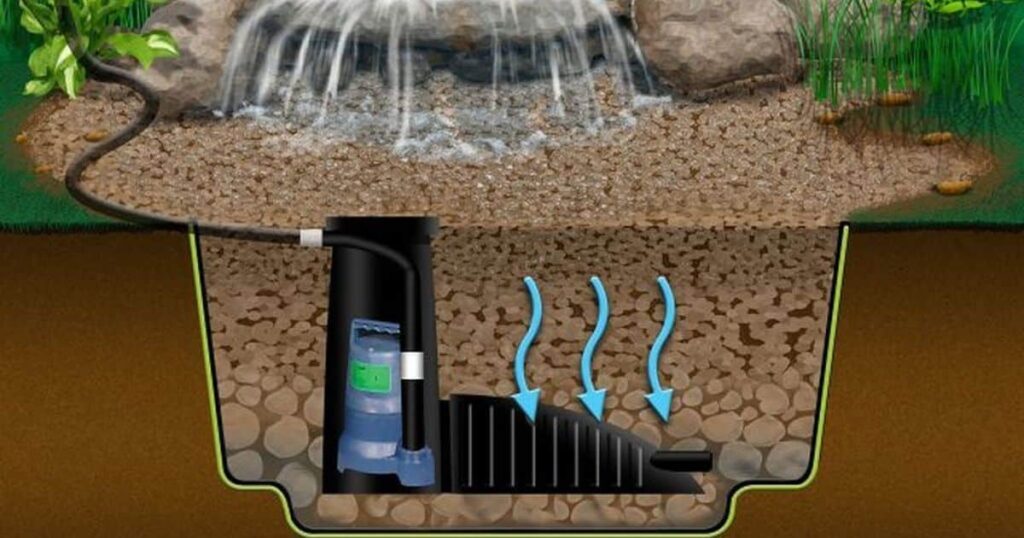
Recirculating water features reuse and recycle the same water continuously. The water circulates from a reservoir through watercourses and spillways, only to be pumped back again. This closed-loop flow minimizes water consumption. Self-contained recirculating fountains and ponds are most common. But recirculating streams, waterfalls, and decorative water effects are also possible.
Benefits include:
- Recycling instead of wasting water minimizes operating costs. Little fresh water is added.
- Chemicals treat and purify the circulating water, reducing algae and debris buildup.
- The water reservoir allows easy access for maintenance and cleaning.
- Recirculation limits splash and overflow compared to single-pass water designs.
What is a self-contained water feature?
Self-contained water features recirculate water within a single unit. All components – pump, tubing, reservoir, and decorative elements – are integrated into one complete package.
This all-in-one construction makes installation easy. Just provide an electrical connection and add water. Self-contained features are portable and some are even self-plumbed with no external tubing needed. Tabletop fountains are almost always self-contained units. But larger displays like backyard ponds can also employ similar all-in-one, plug-and-play construction. Doing so simplifies setup. Just excavate a hole, set the unit in place, and turn it on.
How does a Water Feature Pump work?

Submersible or external pumps power most water features. The pump motor turns an impeller that pushes water through the system. Pump capacity is measured in gallons per hour.
Other key considerations:
- Submersible pumps sit inside the reservoir, eliminating unsightly external plumbing.
- Self-priming external pumps can lift water above the reservoir for waterfalls and streams.
- Adjustable flow control regulates water volume – high for cascades, low for tranquility.
- Energy efficiency minimizes electrical costs. Most use less than 100 watts.
Routine pump maintenance like cleaning and lubrication prevents problems. Running pumps dry burns out seals. Check reservoirs regularly to ensure adequate water levels.
Should my Water Feature Fountain run all the time?
Continuous operation helps maintain clear water but wastes energy if not needed. Instead follow these guidelines:
- Run the fountain whenever you are home and awake to enjoy it.
- Operate the feature 3-4 hours before use to circulate and filter the water.
- Let it sleep while you sleep! Turn the pump off at bedtime.
- Use a timer to automate the on-off cycle if away on vacation.
- In winter climates, shut down and drain outdoor water features when freezing occurs.
Fountain mechanics perform best with regular use. Letting water stagnate for long periods allows algae and mineral buildups.
How to Look After Your Water Feature if Stopped
To properly care for a water feature that must be shut down for an extended time:
- Drain out all water from ponds and fountains. Remove pumps and features.
- Disconnect and store hoses, tubing, lights, and other equipment. Check for damage.
- Clean off lime and algae accumulation. Scrub walls, pumps, tubing. Use mild vinegar if needed.
- Make any needed repairs – patch leaks, replace worn parts. Touch up paint.
- Cover ponds and fountain bowls to keep out debris and prevent evaporation.
- Before restarting, refill with fresh water and go through a full mechanical check. Test pumps and lights.
Proper shutdown maintenance saves you work when starting up again next season.
Can any Water Fountains work without Electricity?

Some water features don’t require any electricity:
Splash fountains – these use water pressure to force decorative sprays. A pressurized building water supply provides the force.
Solar fountains – solar panels power the pumps without any electrical hookup. But solar can’t run large or powerful pumps.
Natural ponds/streams – gravity provides all the circulation force needed in landscape waterways.
Hand pumps – old fashioned hand-operated pumps can draw and spout water without power. More novelty than practical.
So non-electric options exist. But electric pumps offer the most versatile, powerful way to move water for decorative effect in most cases. Some electricity source is needed.
How do Indoor Water Features work?
Indoor fountains usually recirculate water in a self-contained reservoir housed within the fountain chassis. An electric pump cycles the water. Features include:
- Tabletop fountains have integrated basins and plumbing requiring only electricity and water. Just plug in and add water.
- Larger floor fountains conceal reservoirs and hardware behind or under decorative façades. They operate similarly to tabletop models.
- Wall-mounted fountains hang on the wall but have an internal reservoir. Some models are self-contained while others route tubing and equipment through the wall to a rear container.
- Indoor ponds and streams use external pumps like outdoor water features. Reservoirs are incorporated into the landscape design or hidden from view.
Proper indoor fountain maintenance controls algae, provides adequate water turnover, and prevents stagnation.
How do Bubble Water Features work?
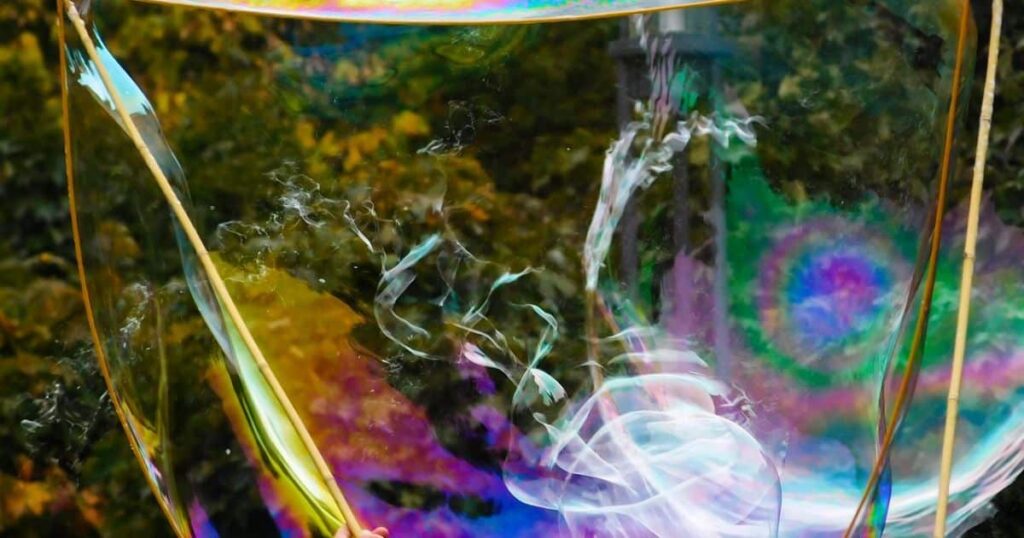
Bubblers send air through diffusers submerged in the reservoir to create a lively display. Bubbling oxygenates the water to prevent stagnation. Pumps push air through tubing into the diffusers. Adjustable flow valves control the bubbling rate. Diffusers come in many shapes from simple discs to decorative rings.
Submersible pumps simplify setup by eliminating external plumbing. But loud external compressor pumps are sometimes used for high-volume bubble production. Bubblers mainly provide visual interest and ambient water sounds. They aerate fountain and pond water for healthier conditions that reduce algae growth. The bubbles also break up the water surface to prevent mosquito larvae.
FAQ’s
How do you start up a water fountain that has been sitting all winter?
Inspect pumps and tubing for damage. Scrub away debris and algae buildup. Refill the fountain bowl or pond with fresh water and plug in the pump to circulate the water before running continuously. Expect to replace worn pump seals and gaskets.
What happens if the pump runs dry in a fountain?
Letting pumps run without an adequate water supply causes seal and impeller damage from overheating. Dry operation may burn out the pump motor. Always keep reservoir levels topped up in water features.
Why does my pond fountain suddenly stop working?
If a fountain or waterfall stops flowing, the problem is likely a malfunctioning pump, clogged tubing or blocked water intake screen. Check power connections and water levels too. Simple cleaning and maintenance fixes most issues.
Conclusion
Understanding how each type of water feature operates allows proper installation, maintenance, and repair. While specifics vary, most decorative water displays rely on electric pumps to circulate water from a reservoir through tubing, jets, and spillways. Outdoor solar fountains and unpowered landscape ponds provide alternatives to traditional electric designs. Indoor fountains require care to prevent algae and stagnation in home environments. following basic mechanics guidelines keeps your water feature flowing smoothly for years of trouble-free enjoyment.
